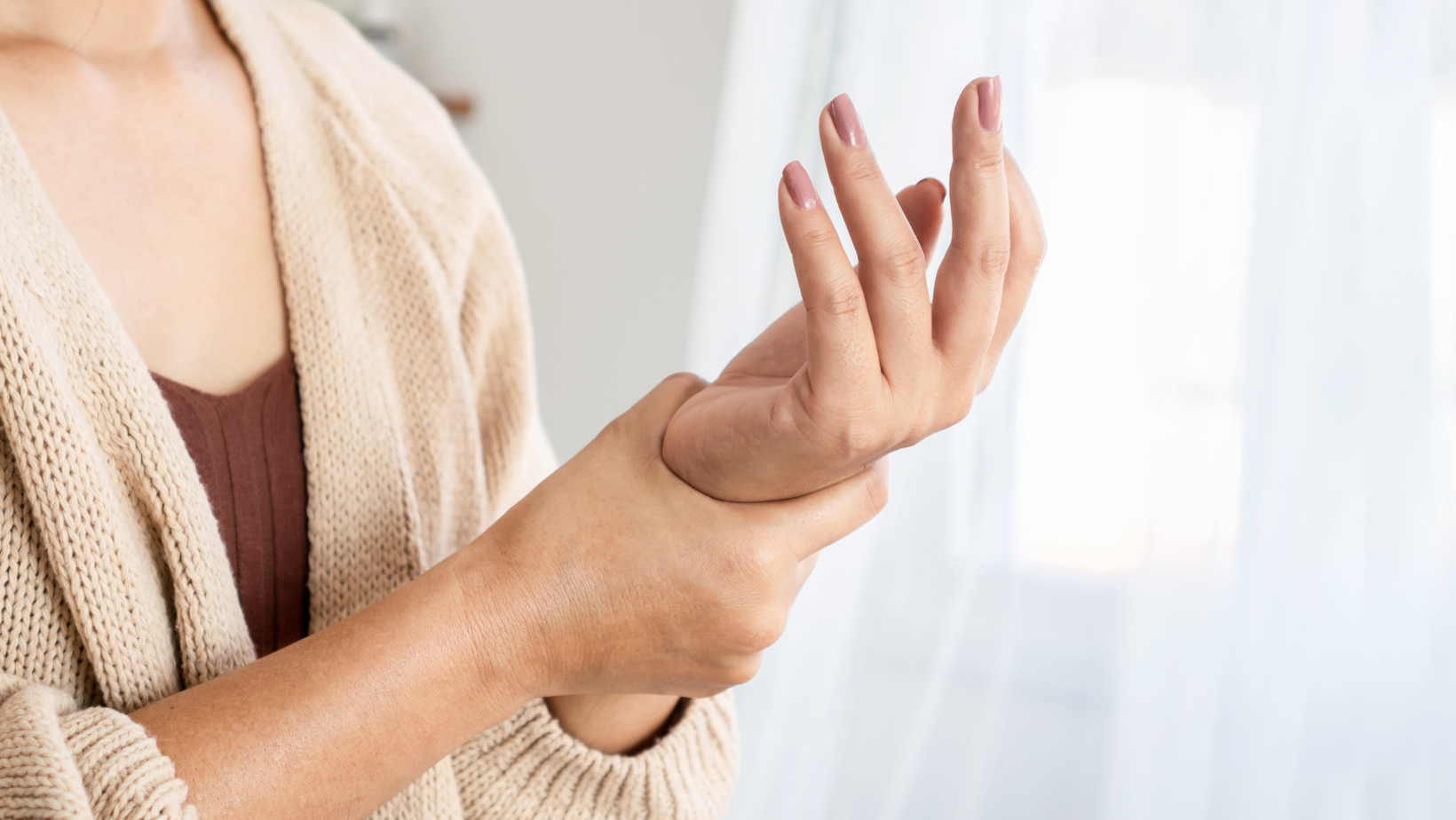Category
Hip pain is a common complaint that can significantly impact daily life and mobility.

Have any questions?
If you have any questions, feel free to contact us at [email protected]. A member of our support team will help you shortly.
Share this blog
Fatigue
Energy
Stress
Sleep
Hip pain is a common complaint that can significantly impact daily life and mobility. The hip joint, a crucial component of the body's skeletal structure, undergoes many movements, making it susceptible to various conditions that can lead to discomfort. Understanding the diverse causes of hip pain, recognizing symptoms, and exploring effective relief strategies are essential for alleviating pain and promoting optimal hip health. This article will delve into the numerous factors contributing to hip pain, examining common causes and providing insights into finding effective relief.
Osteoarthritis, a degenerative joint condition, can lead to the breakdown of cartilage in the hip joint, causing pain, stiffness, and reduced range of motion.
Inflammation of the bursae, tiny sacs that cushion the hip joint, can lead to bursitis and cause pain, swelling, and warmth around the hip.
Inflammation of the tendons in the hip, often due to overuse or repetitive motions, can result in tendinitis, causing pain and discomfort.
Tears in the labrum, the cartilage lining the hip socket, can cause hip pain, especially during hip flexion activities.
Strains in the muscles supporting the hip joint, often due to sudden movements or overexertion, can result in pain and limited mobility.
Fractures in the hip bones, commonly seen in older adults due to falls or trauma, can cause acute hip pain and require immediate medical attention.
Compression of the sciatic nerve, which runs from the lower back down to the hips and legs, can cause radiating pain in the hip.
This condition involves a snapping or popping sensation in the hip during movement, often caused by muscle or tendon irritation.
An autoimmune condition, rheumatoid arthritis can cause inflammation in the hip joints, leading to pain and swelling.
Conditions affecting the lower back or spine can cause referred pain felt in the hip.
Pain in and around the hip, ranging from mild discomfort to severe, sharp pain.
Swelling or puffiness around the hip joint, often accompanied by warmth to the touch.
Reduced flexibility and stiffness, making it challenging to move the hip joint fully.
Difficulty achieving the full range of motion in the hip, affecting activities like walking, sitting, or standing.
Pain that travels down the leg, indicative of nerve compression or irritation.
A feeling of instability or weakness in the hip, especially during weight-bearing activities.
Audible sounds like popping or clicking during hip movement may indicate issues with the joint or surrounding structures.
Difficulty or pain while walking, particularly when putting weight on the affected hip.
Resting the hip and applying ice can help reduce inflammation and relieve pain.
Non-prescription pain relievers, such as ibuprofen or acetaminophen, can help manage pain and reduce inflammation.
A physical therapist can provide targeted exercises to strengthen the muscles around the hip, improve flexibility, and address underlying issues.
Maintaining a healthy weight reduces the load on the hip joints and can alleviate pain.
Maintaining a healthy weight reduces the load on the hip joints and can alleviate pain.
Canes or crutches can help reduce weight-bearing on the affected hip during recovery.
In cases of severe inflammation, corticosteroid injections may be recommended to reduce swelling and alleviate pain.
Removing excess fluid from the hip joint can relieve pain associated with bursitis.
Adjusting daily activities, exercise routines, and footwear can help prevent further strain on the hips.
If hip pain persists or worsens despite rest and home remedies, consult a healthcare professional for a thorough evaluation.
If hip pain results from a significant injury, such as a fracture or dislocation, seek immediate medical attention.
If a significant reduction in hip movement or pain interferes with daily activities, seek professional guidance.
If signs of infection, such as increasing swelling, redness, or warmth around the hip joint, seek prompt medical attention.
Hip pain can arise from various causes, and effective relief depends on understanding the underlying factors contributing to the discomfort. While many cases can be addressed with self-care measures, persistent or severe hip pain warrants professional evaluation to identify and address the root cause. By adopting preventive measures, engaging in appropriate exercises, and seeking medical attention when needed, individuals can effectively manage hip pain, enhance hip function, and improve overall quality of life.